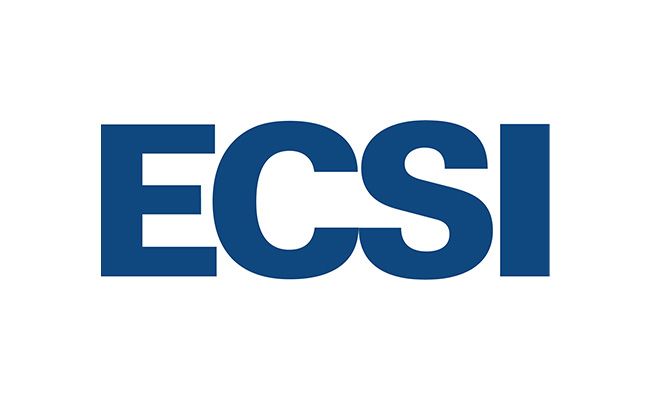Chatbots on messenger - what's all the hype about?
You may have heard of a little thing called Facebook Messenger? Well it has 1.3 billion users*, so it's really not so little. In fact, it's huge! Messenger became its own app in 2014 when it was decoupled from the Facebook app. Messaging apps in general have astonishing popularity, making up six of the top ten apps globally**. With that large of a user base, it's no wonder businesses are hyped up about tapping into that revenue potential.
In 2016, Facebook launched a bot platform that allows organizations and individuals to develop and place their own chatbots on Messenger, and the race was on. Chatbots are artificial intelligence-enabled technology that emulate human conversation. They range in capabilities from simple chatbots that can converse based on narrowly defined topics, to more sophisticated bots that use machine learning to get smarter over time. There are now roughly 300,000 chatbots on Messenger.
Being able to put their own chatbots on Messenger was a potential game changer for companies, but only for ones with viable use cases. The success of a company's chatbot on Messenger depends on a variety of factors, such as customer demographics and the type of industry. Some business models just lend themselves more to chatbots than others.
Chatbots are typically successful at answering simple questions about topics like order delivery dates or store hours. They can provide responses from knowledge bases based on key words the customer uses, so some organizations use them as first-tier customer support. Chatbots on Messenger can also perform more sophisticated tasks like setting appointments, making product recommendations, and taking food orders, so they can also bump up sales conversion rates.
Examples of how some businesses are using chatbots on messenger.
A leading beauty products retailer has a useful chatbot on Messenger. When you initiate a conversation with this company, a bot greets you immediately and provides you with the options to make an appointment for a treatment, provide feedback about a store (chatbots can listen as well as converse!), or chat with a customer service agent. When you choose the last option, the chatbot asks for your email address, order number and the nature of your issue, thus gathering information so the agent is primed and ready to support the customer once they’re connected.
A popular pizza chain also has a chatbot on Messenger that can take your food order and perform other tasks. The chatbot greets you and tells you immediately that it's a bot, which is good chatbot etiquette (people want to know who or what they're talking to). Then you have the options to place an order, track an order, or connect with customer service. This company also has an app that you can use to place and track orders, which brings up a point of discussion - some think chatbots on Messenger will render some apps obsolete. Afterall, why download and access multiple apps when you can go to one place to take care of your business? Time will tell how this plays out.
These are two examples of businesses that have figured out how to make chatbots on Messenger work for them. Organizations that are considering this technology should do their due diligence and ensure they have a valid use case.
*Source: Statista
**Source: Harvard Business Review











